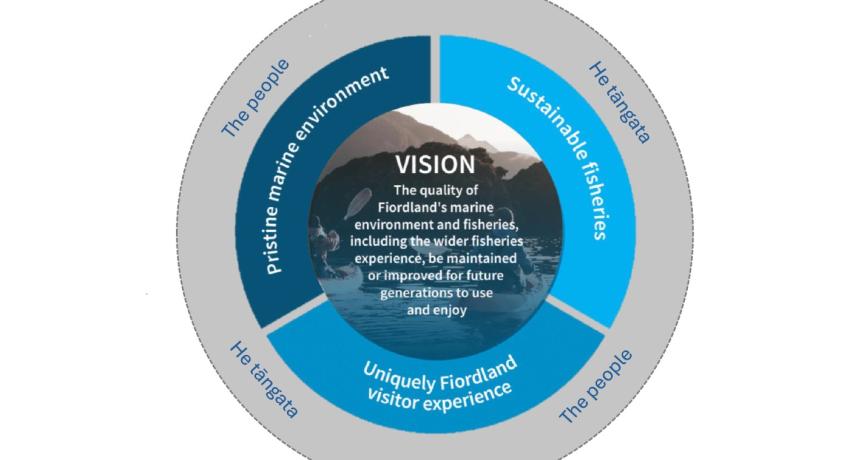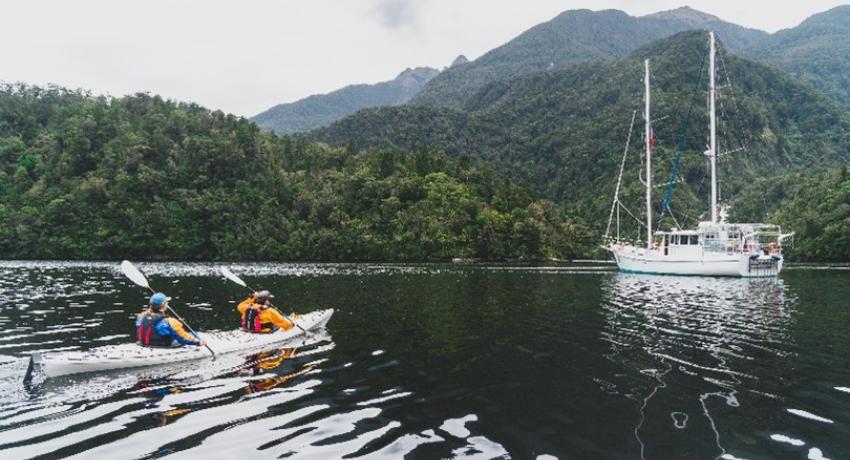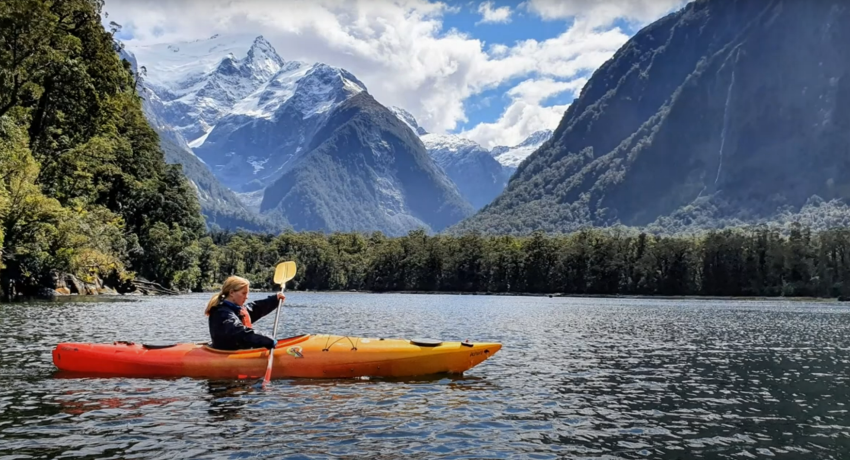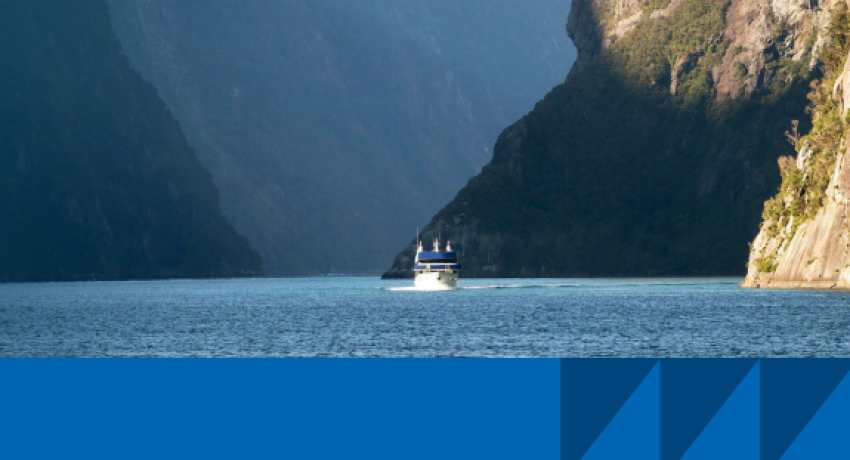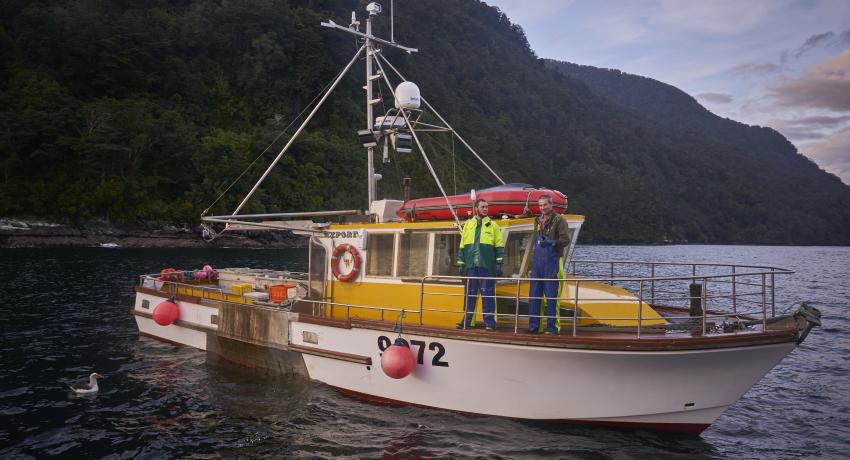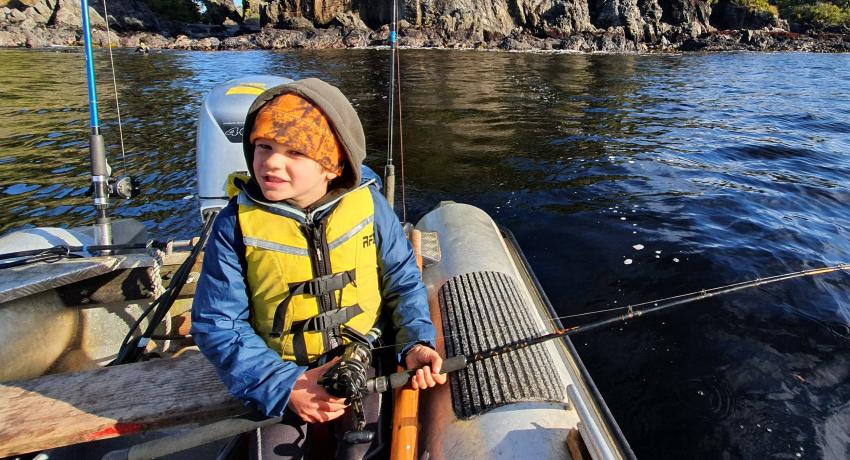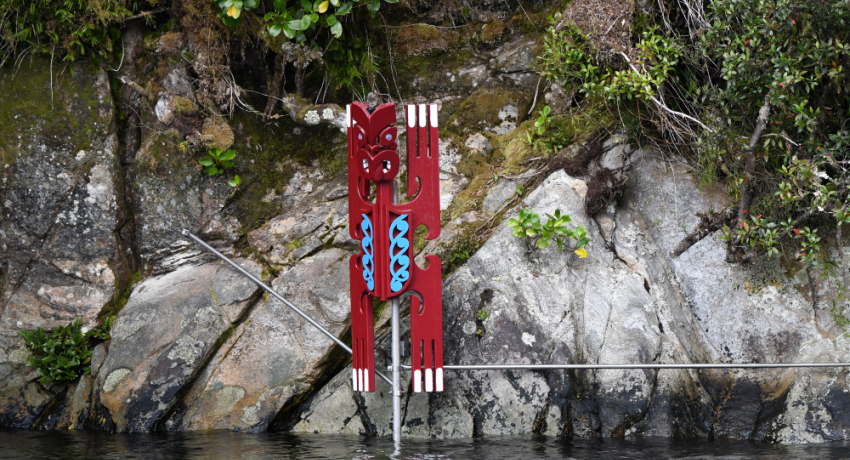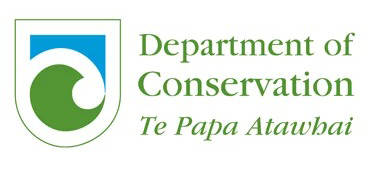Strategic Priorities 2025-28
The Guardians have worked with the management agencies to develop strategic priorities for the next three years. By setting strategic priorities, we are signalling priority work areas, setting clear targets to measure progress against and clarifying work that will require collaboration among agencies. We are confident this direction will ensure ongoing support for integrated management of the Fiordland Marine Area.
Downloads

